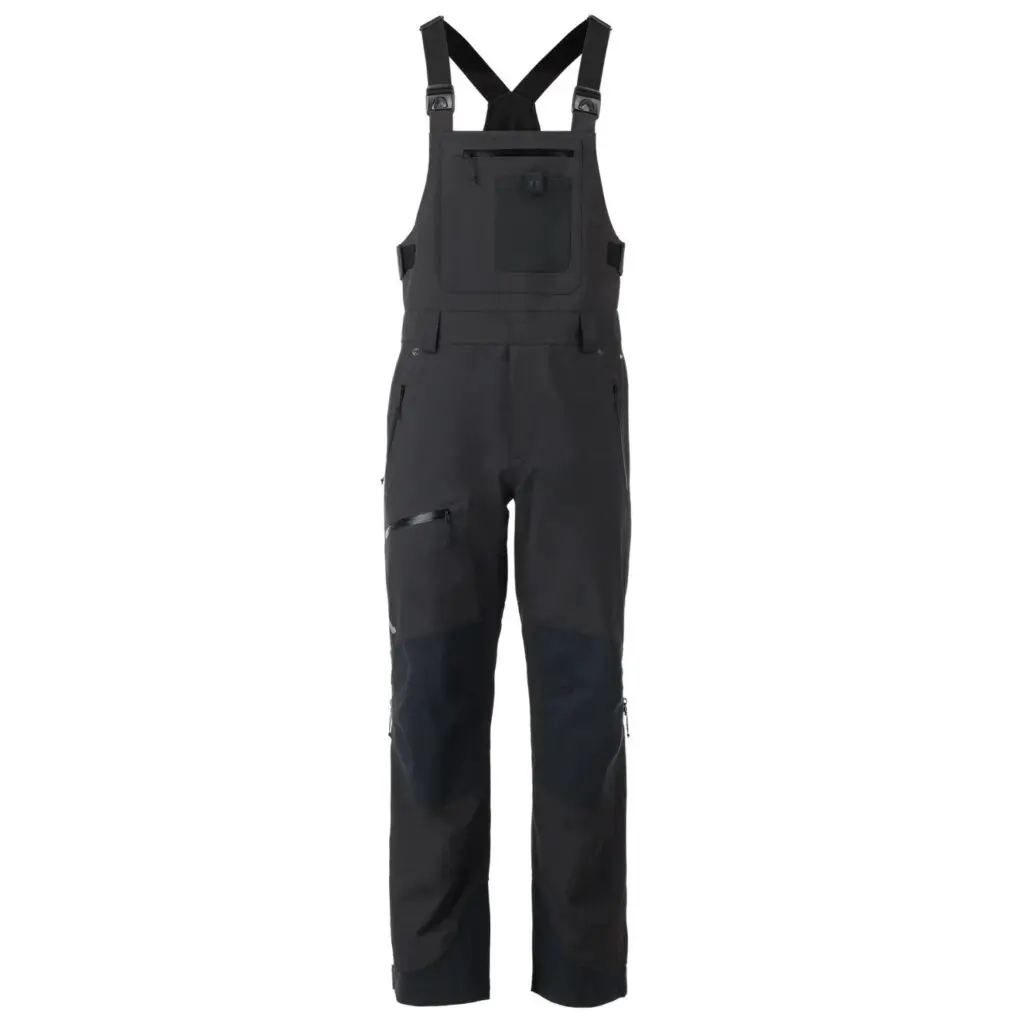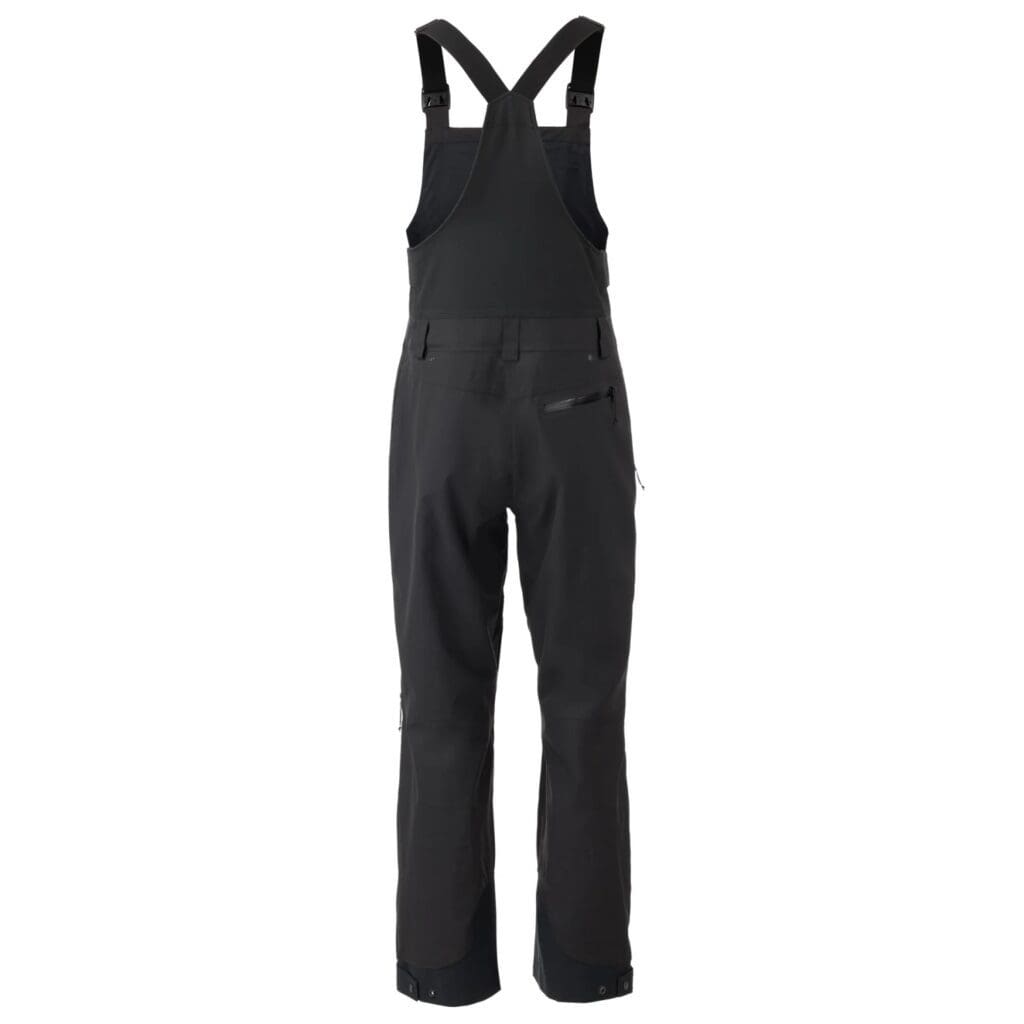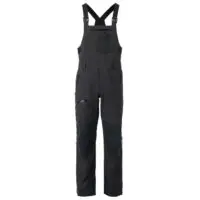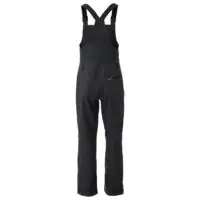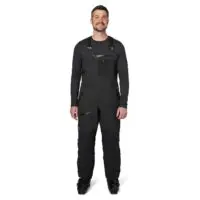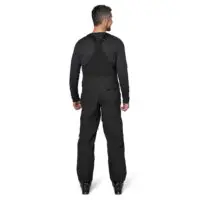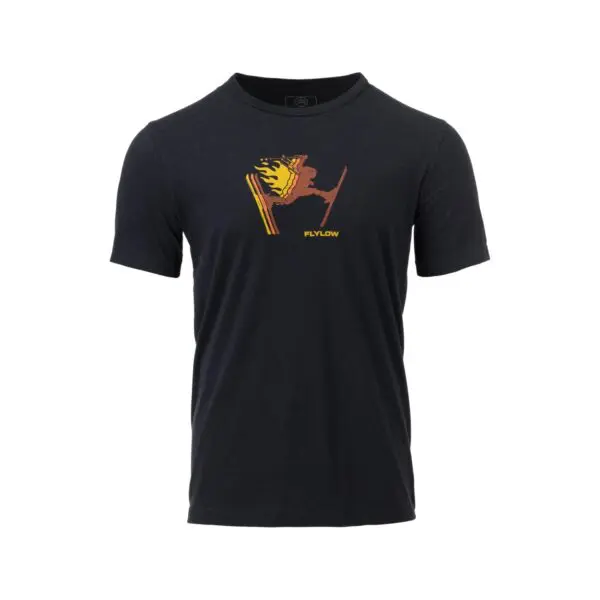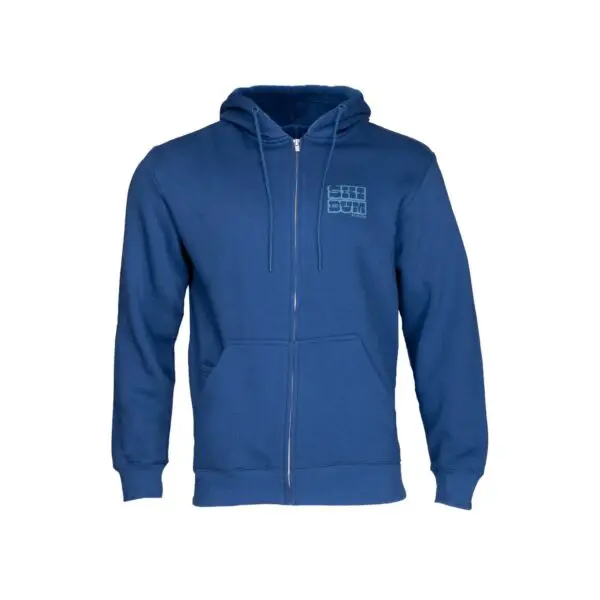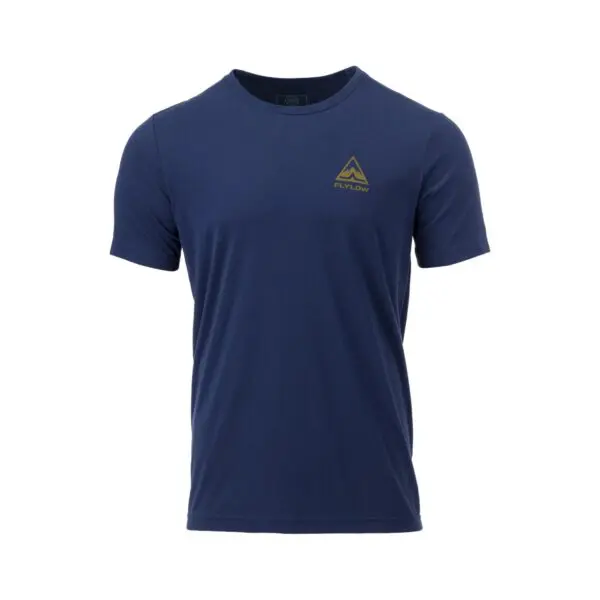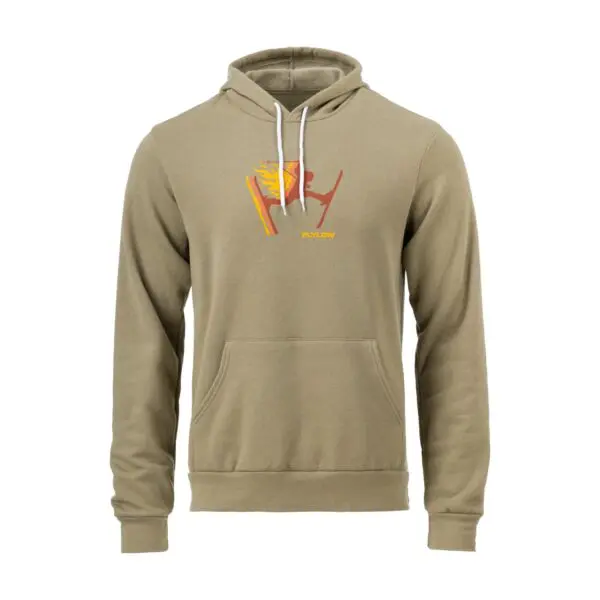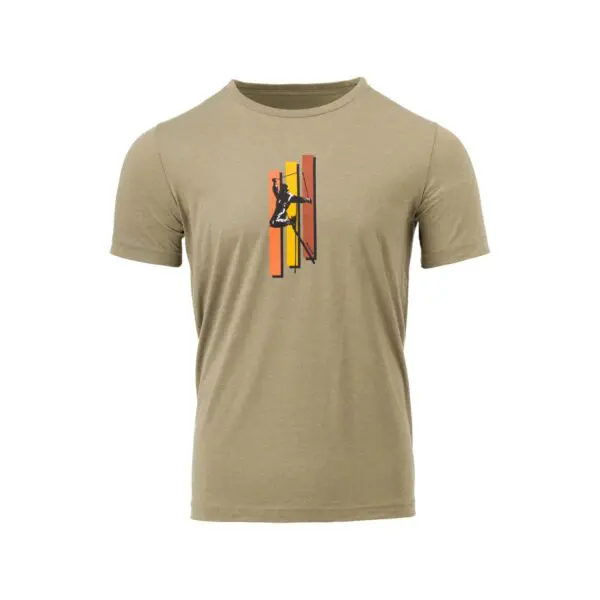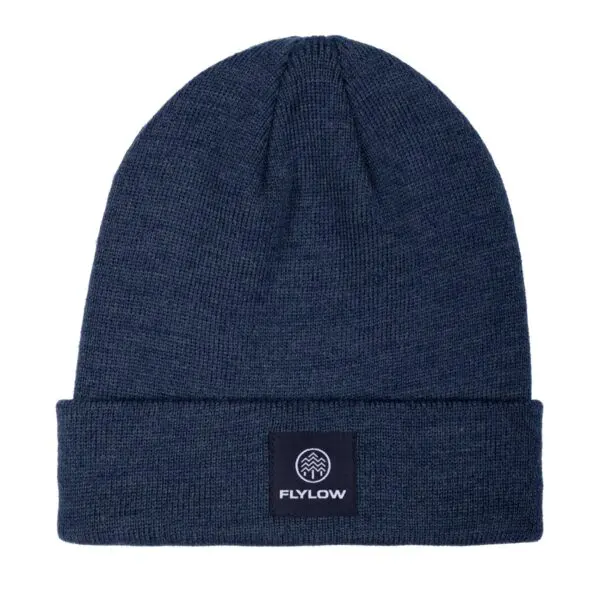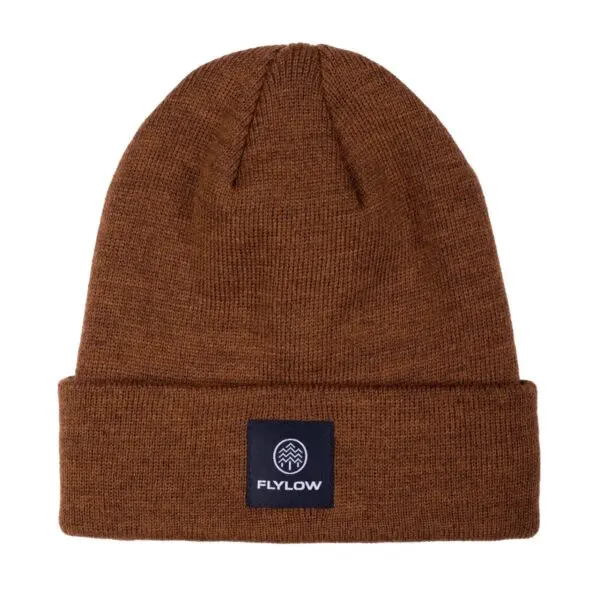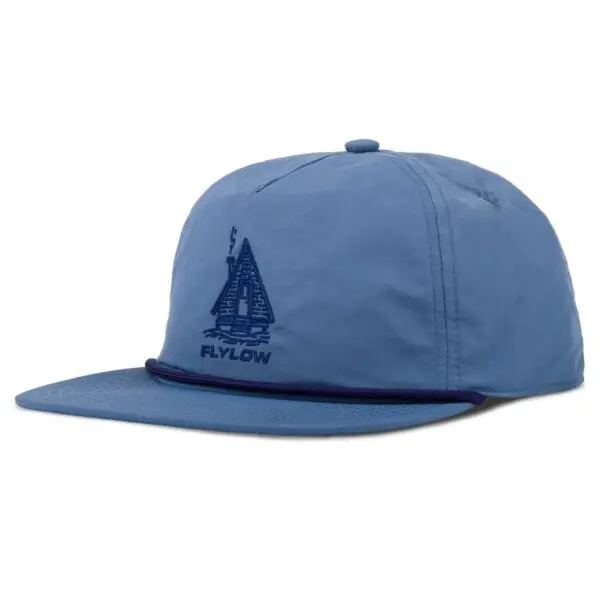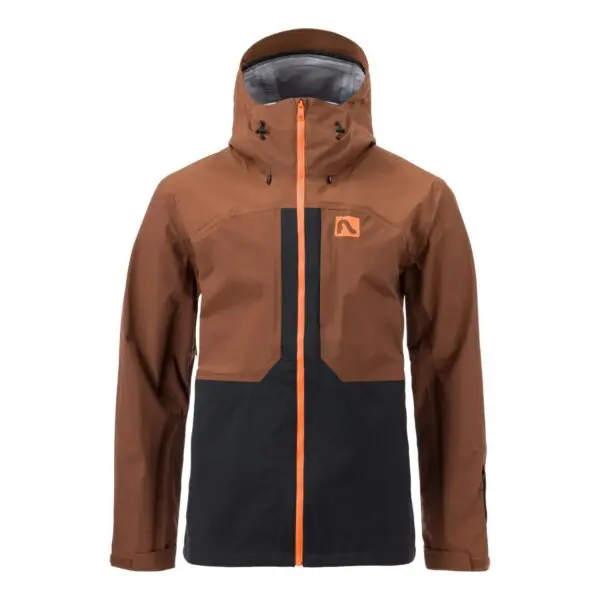Flylow Baker Bib – Black
$749.90
gnomes V.I.P Club offers members special discounts on current season products. It’s free to join. Login or Register.
Description
The Flylow Baker Bib is built for true freeride and backcountry adventurers, offering exceptional performance and versatility. Made with durable Surface 3-layer hardshell fabric and a PFC free DWR coating, it delivers a reliable 20K/20K waterproof and breathability rating to keep you dry and comfortable in harsh conditions. Designed for freedom of movement, the bib features a relaxed fit, articulated knees, and adjustable waist and suspenders, with enough room to layer up when the weather takes a turn. Dual ventilation zippers on the inner and outer legs help you regulate heat during intense climbs, while convenient chest and side pockets provide secure storage for your essentials. Perfect for tackling the untamed, the Baker Bib is the ultimate companion for pushing your limits.
Features & Specs:
Materials: 100% Polyester
Waterproofing: 20K
Breathability: 20K
Insulation: Shell
Fit: Outerwear relaxed silhouette stay in normal size if you like the longer relaxed look or downsize for a regular fit
Surface 3L
If you’re wearing a Flylow piece made with Surface 3-layer hard-shell fabric by Intuitive, you’ll watch the water bead up on the surface and slide right off. This burly, 150-Denier oxford weave, coated with a Durable Water Repellent, is designed to keep you warm and dry and have a tough but smooth feel. A nylon tricot on the backing protects the membrane and wicks moisture away from your body.
PFAS- Free DWR
That’s a lot of acronyms. Here’s the breakdown. PFAS chemicals, or perfluorocarbons, are found in chemicals often used in Durable Water Repellent (or DWR), a treatment commonly applied to outdoor gear to help the fabric shed and repel water. Once released into the environment, those chemicals are no good: They’ve been found to persist and distribute throughout water, snow, ice, soil, plants, animals (and yes, even in you), so Flylow eliminated them from their products entirely. Rigorous testing shows that Empel DWR that Flylow uses outperforms all other water repellent finishes with 10 times better water resistance and durability
Additional Features:
• 1000 Denier cuff and knee reinforcements
• Kangaroo chest pouch
• Fully seam taped
• Articulated knee box
• DWR (Durable Water Repellent)
• Powder gaiters
• Seamless cuff reinforcements
• YKK waterproof zippers
• Inner and outer thigh vents
• Weight: 948g
Choose your items confidently by reading our buying guide.
Related Gear
We are a team of passionate skiers, our lives are entangled in a world of snow, mountains & ski paraphernalia. Take a look at how we can help you.
-

Flylow Flame Daffy Tee – Black Heather
$59.90VIP: $56.90 -

Flylow Ski Bum Zip Hoody – Night
$149.90VIP: $142.90 -

Flylow Mountain Tee – Night
$59.90VIP: $56.90 -

Flyow Daffy Hoody – Capers
$149.90VIP: $142.90 -

Flylow Backscratcher Tee – Capers Heather
$59.90VIP: $56.90 -

Flylow Oven Mitt – Natural
$99.90VIP: $94.90 -

Flylow Longshoreman Beanie – Night
$59.90VIP: $56.90 -

Flylow Longshoreman Beanie – Bigfoot
$59.90VIP: $56.90 -

Flylow Longshoreman Beanie – Dusty Iris
$59.90VIP: $56.90 -

Flylow Longshoreman Beanie – Black
$59.90VIP: $56.90 -

Flylow Chad Cap – Vintage Blue
$49.90VIP: $47.90 -

Flylow Knight Jacket – Bigfoot/Black
$579.90VIP: $550.90
Buying guide
Use our buying guide to help you purchase the perfect pair of ski pants.
The industry standard procedure for measuring a garment’s waterproofing is to place a column of water on a fabric and then increase the water level so more pressure is exerted. Once the water starts to penetrate the fabric, the water level is measured. This gives the fabric’s waterproof rating in mm e.g. 10,000mm. The higher the number, the higher the water proof capability of the item.
Other areas of waterproofing concern are the seams. The stitching, done during manufacture, requires taping or sealing to be waterproof. In some cases all the garment’s stitching is taped while in others only critically placed stitching is taped (i.e. through the shoulders, hood and chest – high exposure areas).
Waterproof/breathable fabrics have pores large enough for water vapour to escape, but small enough to prevent liquid passing through. The garment must be able to breathe from the inside out, otherwise during activity perspiration moisture cannot escape. The garment becomes wet on the inside and the body’s temperature will drop because of it.
Oils, dirt, perspiration and other contaminates will eventually break down the waterproofness and breathability of any garment and so, with time, they become permeable and fully breathable.
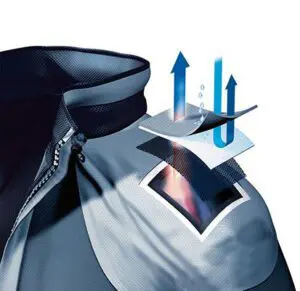
To make sure you remove moisture (perspiration) away from the body while remaining warm, use an appropriate layering system.
Base Layer
This is the most important layer of them all. This layer sits next to the body and has to work the hardest to remove moisture away from the skin and through the other layers. The base layer needs to fit closely to the body. Always choose base layers that have high wicking (removal of moisture away from the skin) properties, so it will regulate your body temperature. If you choose a fabric like cotton, this only stores moisture so will make you feel cold and damp eventually.
Mid Layer
The mid layer is there to add insulation as well as remove moisture from the base layer out to the outer layer. It is better to wear multiple mid layers than one thick one, as this promotes warmth by trapping warm air. Multiple light mid layers can be added or removed as required. Good examples are light fleeces or slightly heavier weight thermals containing merino wool or silk.
Outer Shell
The outer layer consists of jackets and pants, which are there to protect from snow, wind and rain elements. They must be waterproof as well as breathable to remove moisture away from the mid layer, thereby keeping you warmer and dryer. Jackets and pants come in numerous different styles, cuts and fabrics. Choose one that fits comfortably and meets your requirements of waterproofness and breathability.

Venting: Extra zips allow increased air flow when the body gets too warm. These are usually found in the upper leg area on pants and under the arm or across the chest, in jackets.
Hoods: Most jackets come with hoods that can either be folded away at the back of the neck or removed and placed in a pocket at the lower back. Modern hoods are shaped to be able to fit over any ski helmet.
Pockets: Pockets for storage are found everywgere, inside and out, on jackets and pants. Think about what you usually have on you and make sure there’s a place for it.
Powder Skirts: An elasticised skirt that stops snow and wind entering the jacket.
Cuffs: They are designed to keep the elements away from wrists. They need to be adjustable to maximise their performance.
Reinforcements: In high use areas harder wearing fabric is used to slow down wear and tear. This reinforced material is often found on shoulders where packs are used as well as lower inside leg area to prevent cuts from ski/snowboard edges.
Seamed/Taped sealed: Garments either fully or critically seam sealed to prevent snow and rain penetrating seamed areas. Crital means only areas deemed “critical” are taped whereas in a fully taped piece all seems are sealed.
Storm flaps: These flaps cover exposed zips with the purpose of stopping snow/wind and rain getting through.
Articulated Areas: Articulated areas make the garment much more comfortable to move in.
Belt Hoops: Fairly obvious – so a belt can be worn on pants, to help them stay in a secure place.
